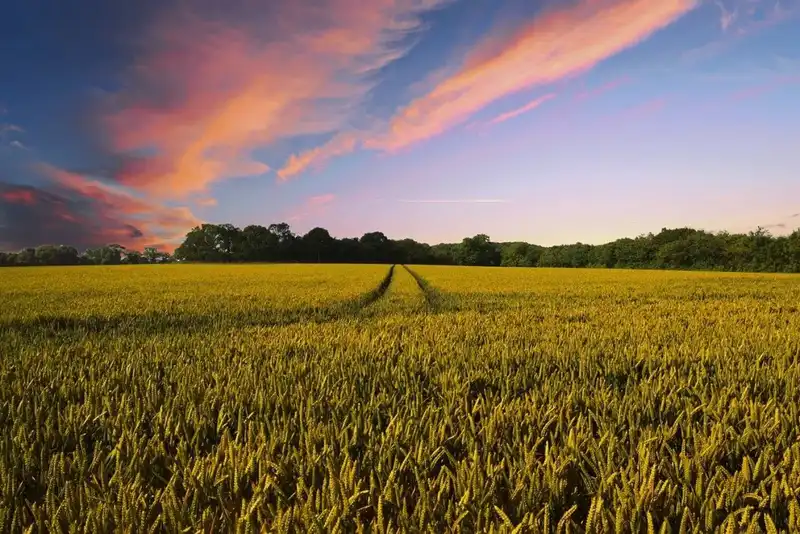Introduction to Vertical Farming Systems
What Are Vertical Farming Systems?

An increase in food demand from a growing population, coupled with a decrease in soil health across farm lands, is creating a challenge for future farming systems. Vertical farming systems are now being explored as an answer to that challenge.
Vertical farming is exactly how it sounds. It is a farming system that uses inclined surfaces for food production rather than the horizontal layout used in in most farming practices.
Most agricultural systems have a single farm level like a greenhouse or field of land. In a vertical farming system the food production is done in stacked layers. Often, these farming systems are found in repurposed warehouses or shipping containers.
The idea for vertical farming is based on the use of Controlled Environment Agriculture (CEA) technology. This allows for indoor farming to receive a semblance of natural resources in a controlled manner.
Temperature and light are artificially controlled in a similar manner to how a greenhouse augments sun exposure onto the crops. The main goals for vertical farming systems are to have the most abundant crop growth within a limited space.
Four Critical Areas of Vertical Farming
- Physical Layout- to grow as much food possible per square inch
- Lighting- combining natural and artificial light for perfect level
- Growing Medium- using aeroponic, aquaponic or hydroponic growing instead of soil
- Sustainability Features- offset energy costs
Pros and Cons to Vertical Farming Systems

Vertical farming is still new but the benefits are already evident.
1. Year-round production- Through the use of technology, crops can grow continuously without being at the mercy of seasonal change or climate change. Growing seasons extend from a certain monthly span to year-round production.
2. Weatherproof- Seasonable temperatures can vary which can offset a harvest. In a vertical farming situation, the environment is controlled so the threat of extreme weather isn't prevalent.
3. Using less water- Most vertical farms use 70% less water than traditional farms. With water scarcity growing and droughts increasing, this is highly beneficial.
4. Less spoilage- With the risk of shifting weather and pest infestation controlled, there is less food waste that occurs especially as compared to traditional farms. Additionally, transport time is cut down which also reduces the risk of food spoilage.
One of the most significant disadvantages vertical farming systems have is the inability to grow certain foods. Leafy greens and tomatoes are usually the only things grown in this type of farming system.
Most crops and grains cannot be grown on a vertical farm due to their weight and the space they take up. A large portion of the average American diet relies on these types of crops.
There is increased energy consumption involved with vertical farming systems. Plus, artificial lights used to add more carbon emissions than traditional farms do. Cost is also considerably more expensive than traditional farms. This means, the consumer often suffers higher pricing based on the method in which the food is grown.
Human error also needs to be considered when running a vertical farm. If a mistake is made it will take additional time and money to rectify the situation before the products can go to market.
Final Thoughts on Vertical Farming Systems
- Vertical farm systems are considered farms of the future.
- Some vertical farming systems have already proven successful in urban areas.
- Benefits to vertical farming include- less food waste, reduced impact from weather, and water conservation.
- The vertical farming systems have a limit to what can be grown.




